Wine at the 51st Parallel in Saale-Unstrut
Trink Magazine | That viticulture is still possible in Germany's Saale-Unstrut in an age of climate crisis is due to the microclimate of the valleys and the perseverance of its growers.
February 2023
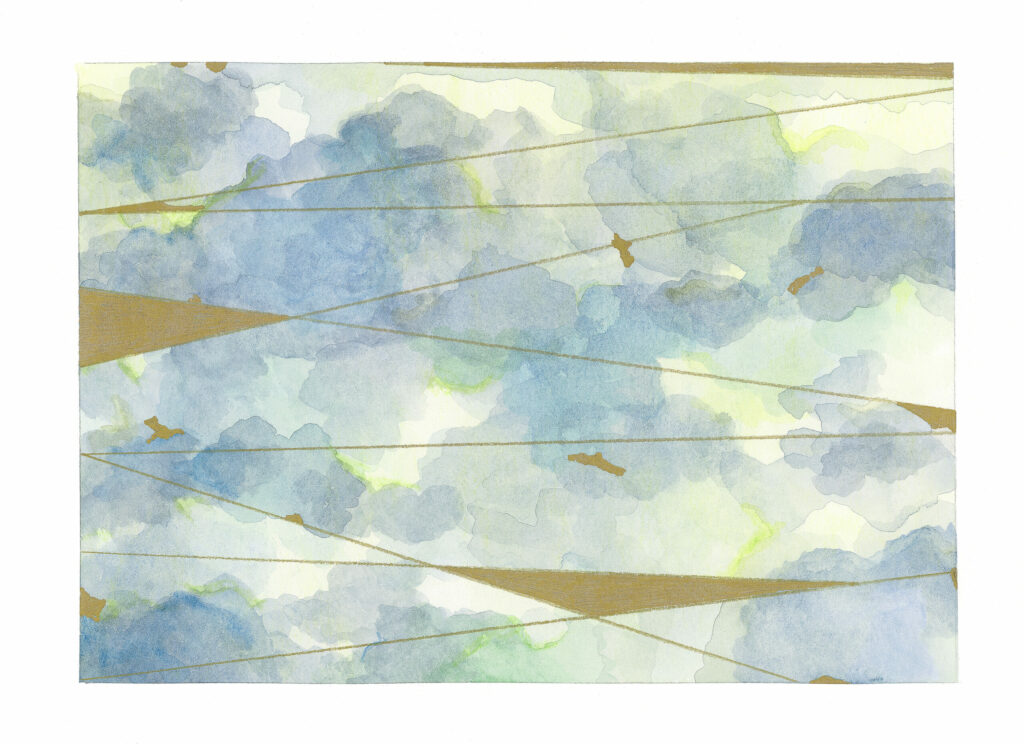
Dear Readers,
German-speaking wines are at an inflection point. The “trend” toward all forms of what we might call reasoned viticulture — integrated pest management, organic, biodynamic, and regenerative practices — is moving closer to a norm. As you’ll read in this volume, fresh ideas are sifting into the mindsets of Winzer:innen everywhere. Vineyards will increasingly look as they did a century and more ago. And yet they will look more like
the future, too.
As they push up against the boundaries of extractive systems, they are turning their wineries into motors and models of change. Whether it’s socially minded co-ops and crowd-supported ventures that sustain communities, initiatives that encourage the flourishing of biodiversity, or recultivation of Kulturlandschaften and the products they yield, these are just a few of the causes for hope rooted in our coverage.
In this issue, we hope to breathe fresh life, perspective, and inspiration into the conversation about these developments. We hazard forecasts for the year ahead in our coverage area. We dive into five regions that are transforming themselves in ways big and small: Carnuntum, the southern Mosel (even verging a bit into Luxembourg), Saale-Unstrut, Rheinhessen, and Alto Adige-Südtirol as a whole. We delve into the unexpected raptures of aged Grüner Veltliner and state the case for a rare Swiss variety. In Eat + TRINK we share a reminder of the sweetness and comfort of tradition.
We’d like to take this opportunity to express our heartfelt thanks to one of the entities that has believed in TRINK from the very beginning. P.J. Valckenberg, historic exporter of German wines, shares our commitment to letting the world in on what makes those wines so singular and dynamic, and how those wines are experienced in Germany today. P.J. Valckenberg underwrote the profiles in our LEARN section, allowing us to share our own fresh take on seven iconic wine regions with you. We will always be grateful for the shared values that brought us together.
A note on the cover art for this volume: “Places” (2022) is an original work in watercolor and india ink by artist and designer Patricia Masibay. Masibay was born in Manila and grew up in Chicago. She currently lives and works in southwest Germany. We are proud to support and feature emerging and established artists in our pages as part of our commitment to independent journalism. We hope you find fresh perspectives here, too.
Happy reading!
Paula Redes Sidore, Bad Honnef
Valerie Kathawala, New York City
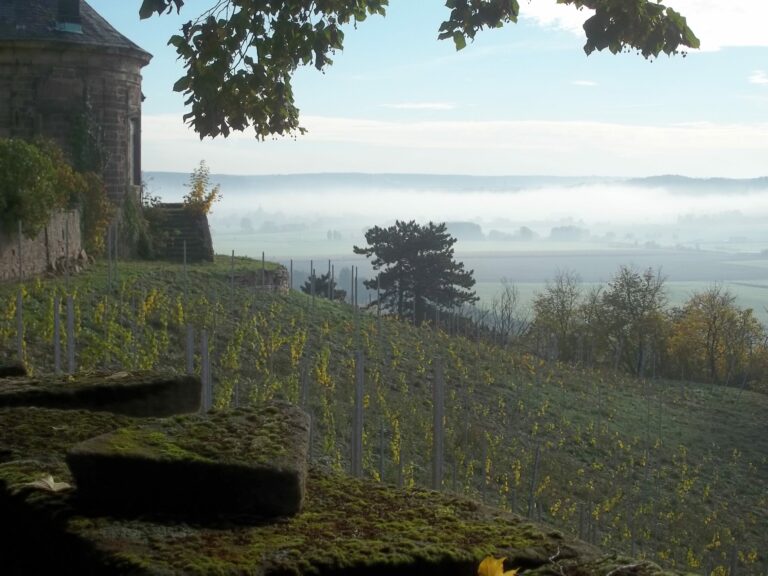
Trink Magazine | That viticulture is still possible in Germany's Saale-Unstrut in an age of climate crisis is due to the microclimate of the valleys and the perseverance of its growers.
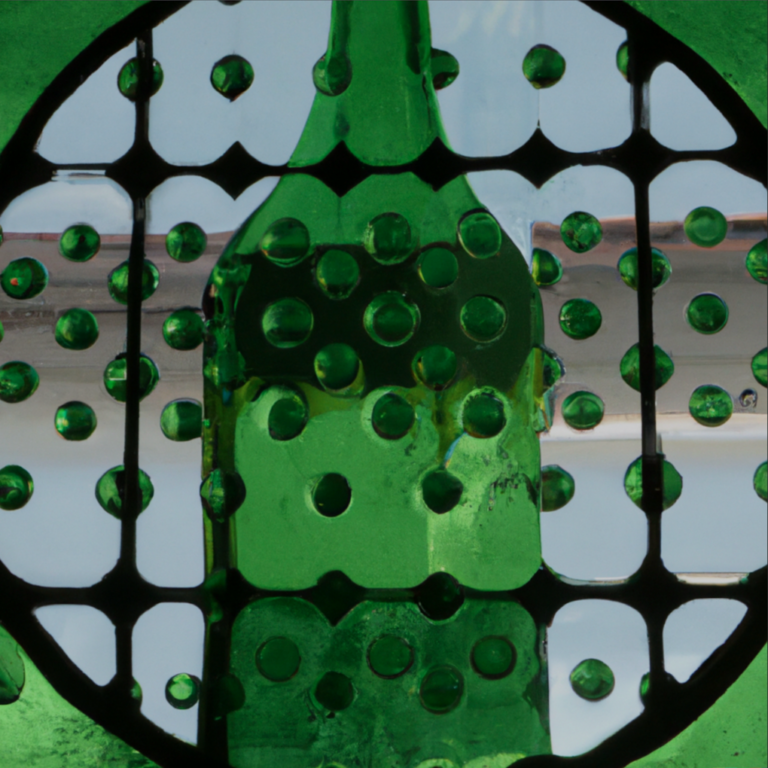
The Wine Friend is a figure of great importance in the life of a wine drinker. They can take the form a kind benefactor, perhaps older, perhaps wiser, one whose personal cellar heaves with decades of collected knowledge and interest, and whose guileless goal is to share these experiences with others as a form of vinous karmic pleasure. I count myself as lucky to have a few such friends, which is how I found myself — on one of those chilly, foggy autumn San Francisco evenings — drinking a very smart coterie of wines among a small group of pals,…...
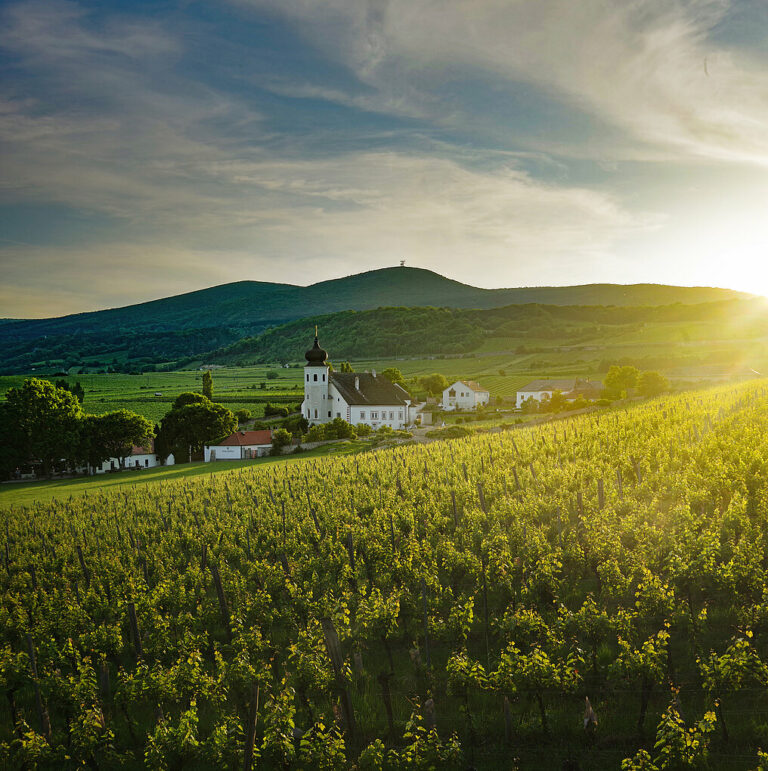
To mark a recent milestone anniversary, Austria’s association of traditional wine estates (ÖTW) invited into its fold a region that is in many regards the epitome of Herkunft, or origins. The Thermenregion, often held up as Austria’s Burgundy, brings a suitably deep and glorious wine tradition. The ÖTW’s intake process for the Thermenregion is in the final stages of fine-tuning, reports chairman Michael Moosbrugger. Most likely, white wines from Erste Lage, or premier cru, sites from the 2022 vintage will be the first to be classified, followed by the reds. “In joining the ÖTW, it was crucial that the region’s…...
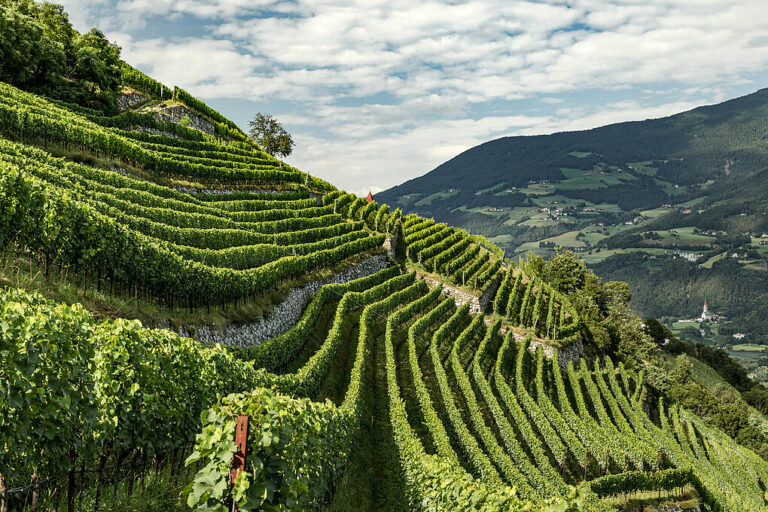
Trink Magazine | This primer offers insight into the surprising contrasts and dynamics at play in the wines of Alto Adige, this small, mountainous, and little known corner of northeast Italy.
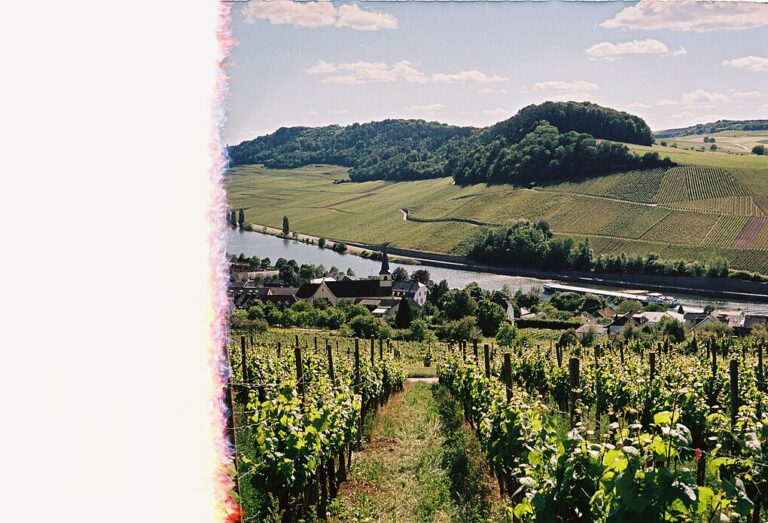
Jonas Dostert is relaxing in the inner courtyard of his family’s Southern Mosel estate in Nittel. The sun is shining, the grapes were harvested in late October. Dostert is one of the growers of note at the southern end of the Mosel, a stretch long known as Obermosel. It’s a name many young growers in particular have rejected, as part of an effort to separate themselves from the region’s poor image in the past. “Obermosel” conjures images of accommodating, appeasing wines, the very definition of compromise. Dostert has quite a different understanding of winegrowing: “What I do is different from what’s…...
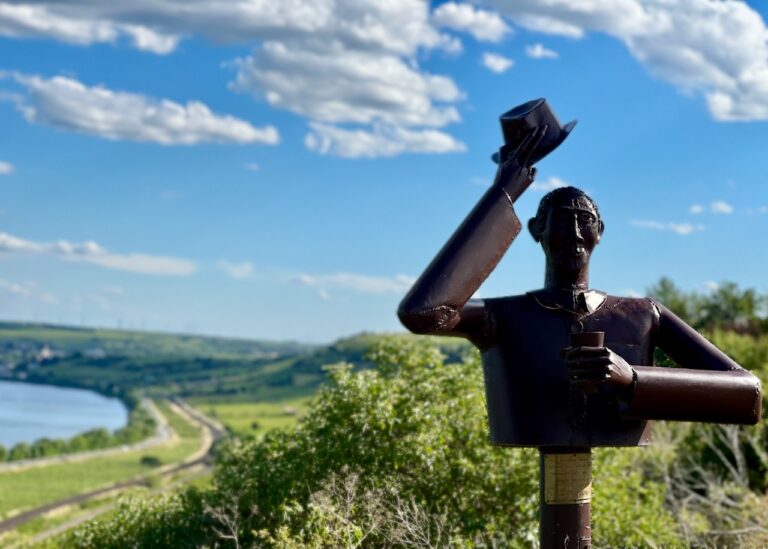
A jack of all trades is inherently a master of none. While finding the right focus can help, that is often easier said than done. Sometimes a more drastic solution is needed. Intervention, anyone? Rheinhessen! I’m so glad you could make it today. Won’t you join us? Feel free to grab something to eat before you sit. There’s coffee, tea, and water. And a big box of tissues, in case we need those later. Wine? No, at least not like that. But I’m glad you raise the issue, because wine is actually what’s brought us together here. I know this won’t be…...
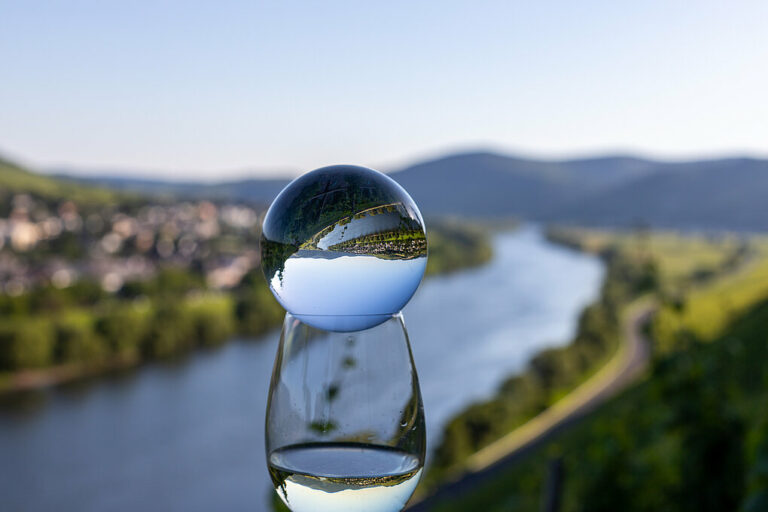
Trink Magazine | Valerie Kathawala hazards forecasts for the future of wines from Alto Adige-Südtirol, Austria, Germany, and German-speaking Switzerland.
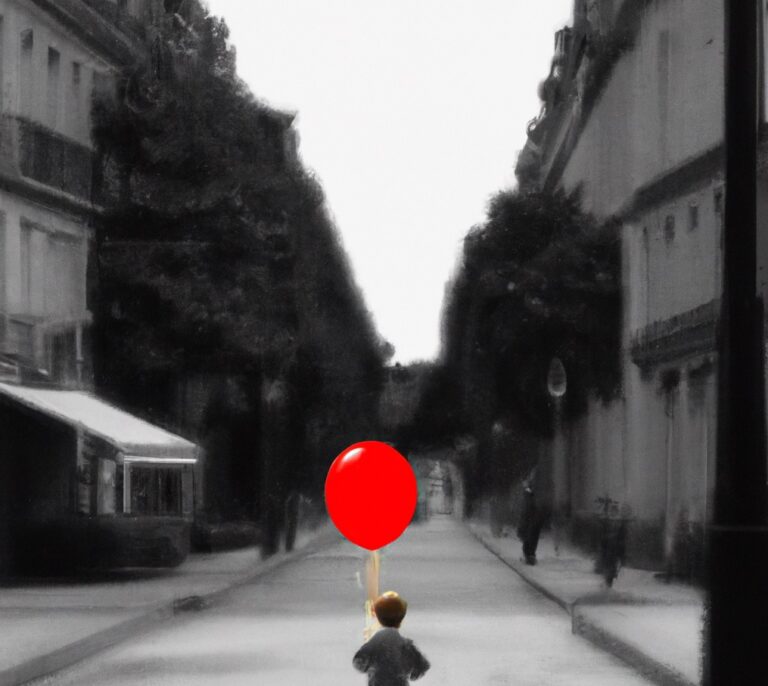
Trink Magazine | Austria's winegrowing region of Carnuntum has seemingly been there from the beginning with an identity forever in flux. Paula Redes Sidore explores how growers are redefining what regionality means, together.
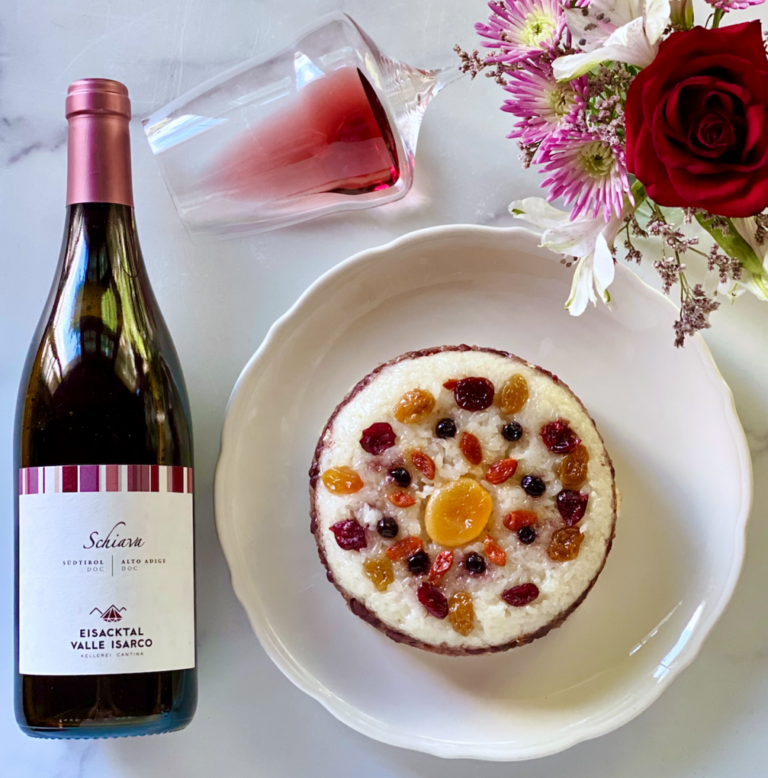
Lunar New Year (aka Spring Festival, or Guo Nian in Mandarin) is arguably the most important holiday for people of Chinese heritage — especially in Taiwan, where I grew up. It’s been my favorite since I was a kid. Now, living in Brooklyn, I recall that a few days before the New Year every household starts to “sweep the dust” to banish bad luck, erase unhelpful habits, and create positive new ones. On the day before New Year’s Eve (a holiday we call Little New Year’s Eve), we will take down the old Spring Festival couplets and replace them with fresh verses. On New…...
Enjoy unlimited access to TRINK! | Subscribe Today